Uranium Tailings Storage of Kadji-Sai
77°13’2″E 42°9’15″N The largest half-century radioactive waste cemetery in Kyrgyzstan. Equipment saturated with radiation and small layers of uranium were buried underground.
During Soviet times, the village of Kadji-Sai on the southern shore of Issyk-Kul was famous for its strategically important enterprise – the Kadji-Sai Experimental Electrical Engineering Plant, which exported products to many countries around the world and also served domestic military industry enterprises. A uranium mine was also developed here, which was widely used during the Soviet era for the production of atomic bombs. However, it soon became clear that the content of radioactive elements in the ore was too low, making uranium production unprofitable. Moreover, the high level of radiation posed a significant health risk to the miners. The mine was soon closed, and the tailings storage facility was covered with soil. The tailings storage facility is located in a valley called Sukhoi-Sai, two kilometers from the village itself.
The uranium, which is the main component of the waste buried in the Kadji-Sai tailings storage facility, is an actinide heavy metal that is chemically toxic and radioactive. In trace amounts (10^-5–10^-6%), this element is found in all tissues of plants, animals, and humans, but when accumulated in sufficient quantities, it can become toxic to all of them.
The total volume of the tailings storage facility is 400,000 cubic meters, where 150,000 cubic meters of uranium materials are buried. The tailings storage facility consists of two parts; one half is occupied by utility buildings of the electrical engineering plant, while the other part contains the waste dump.
Despite the reclamation efforts, there are risks that another major flood could wash radioactive "deposits" into Issyk-Kul. The worst part is that in the early years of independence, local residents themselves dug up the "radiating" metal and sold it.
During Soviet times, the village of Kadji-Sai on the southern shore of Issyk-Kul was famous for its strategically important enterprise – the Kadji-Sai Experimental Electrical Engineering Plant, which exported products to many countries around the world and also served domestic military industry enterprises. A uranium mine was also developed here, which was widely used during the Soviet era for the production of atomic bombs. However, it soon became clear that the content of radioactive elements in the ore was too low, making uranium production unprofitable. Moreover, the high level of radiation posed a significant health risk to the miners. The mine was soon closed, and the tailings storage facility was covered with soil. The tailings storage facility is located in a valley called Sukhoi-Sai, two kilometers from the village itself.
The uranium, which is the main component of the waste buried in the Kadji-Sai tailings storage facility, is an actinide heavy metal that is chemically toxic and radioactive. In trace amounts (10^-5–10^-6%), this element is found in all tissues of plants, animals, and humans, but when accumulated in sufficient quantities, it can become toxic to all of them.
The total volume of the tailings storage facility is 400,000 cubic meters, where 150,000 cubic meters of uranium materials are buried. The tailings storage facility consists of two parts; one half is occupied by utility buildings of the electrical engineering plant, while the other part contains the waste dump.
Despite the reclamation efforts, there are risks that another major flood could wash radioactive "deposits" into Issyk-Kul. The worst part is that in the early years of independence, local residents themselves dug up the "radiating" metal and sold it.


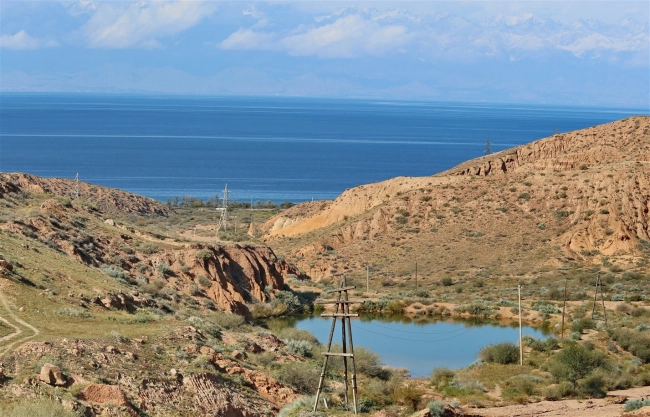
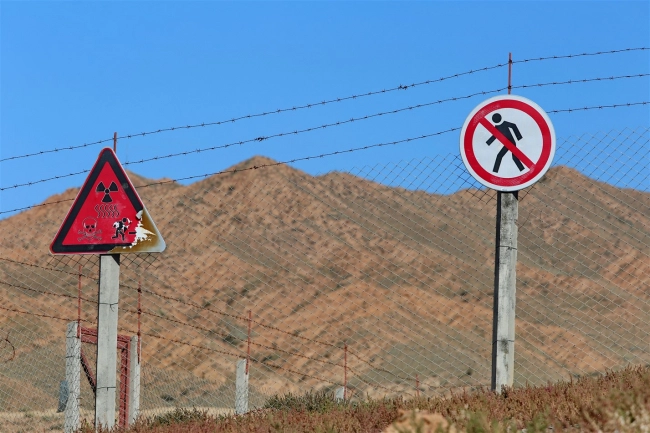
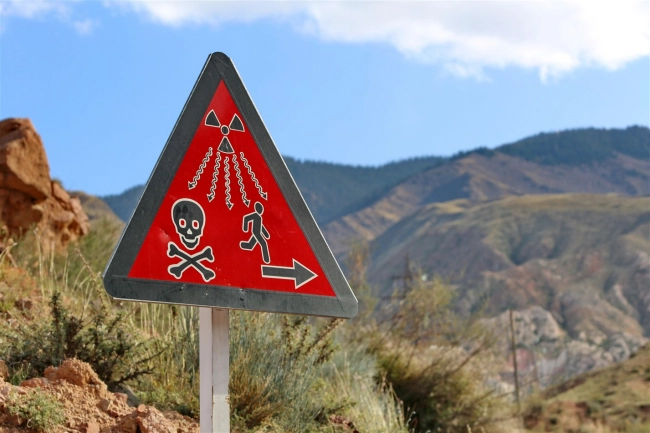
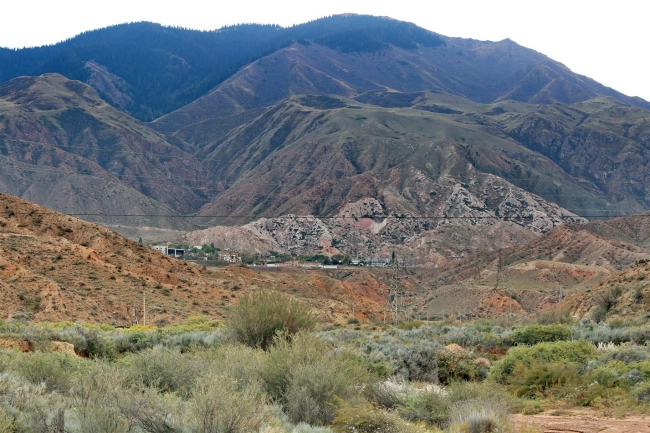
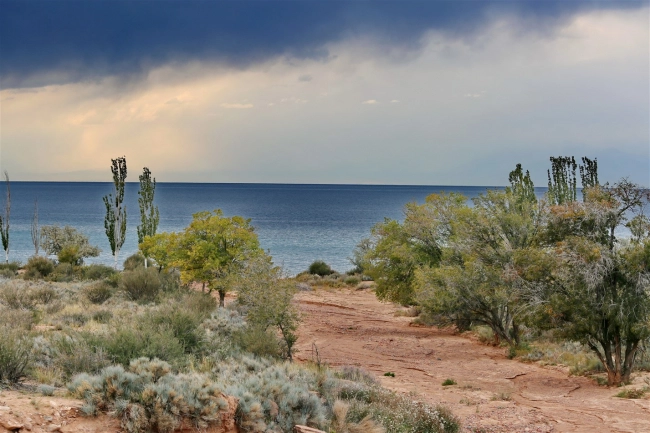
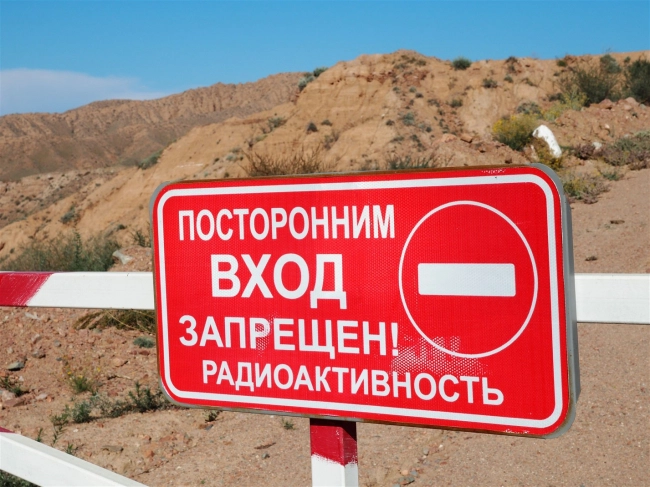
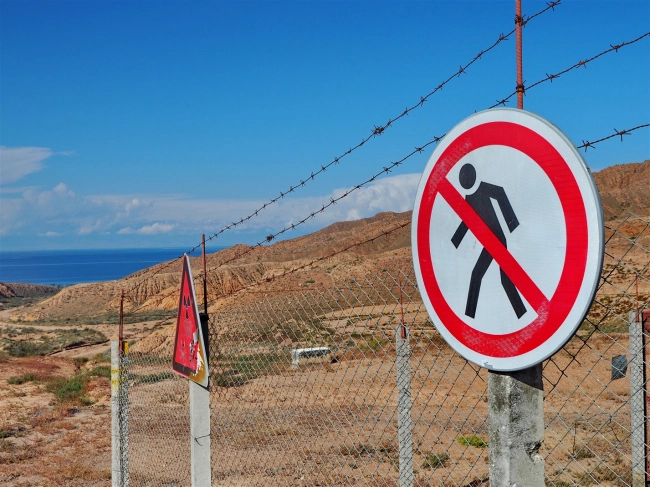
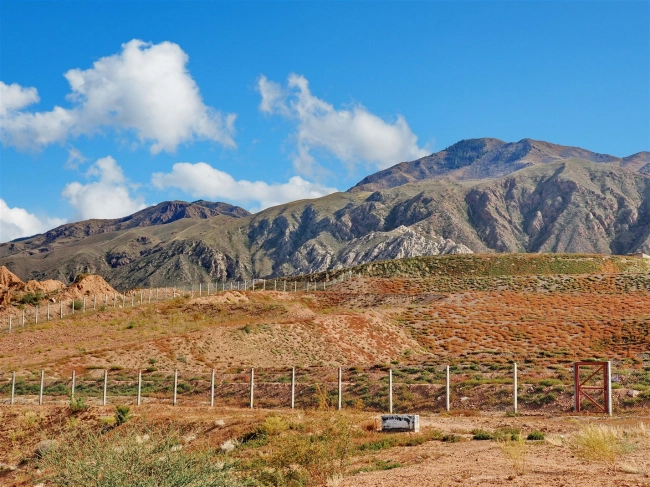
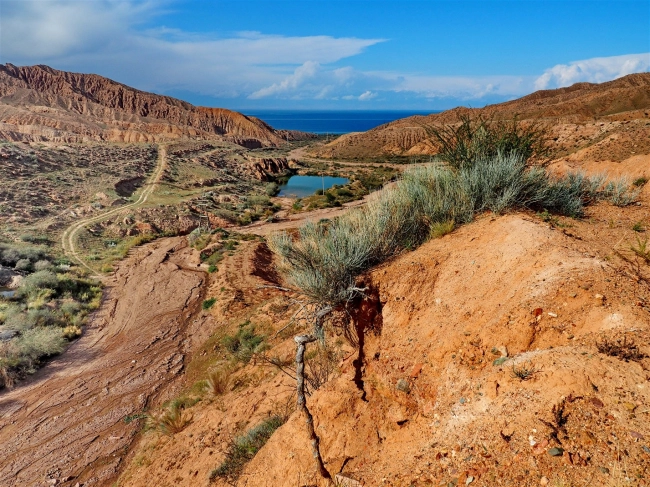





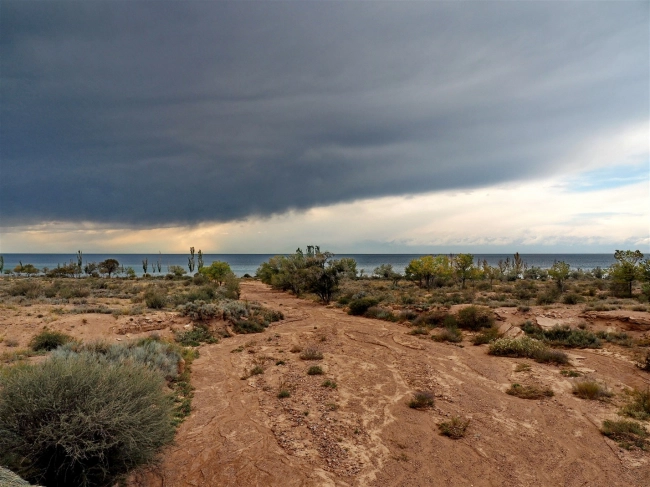


















Attention: Information based on submitted complaints